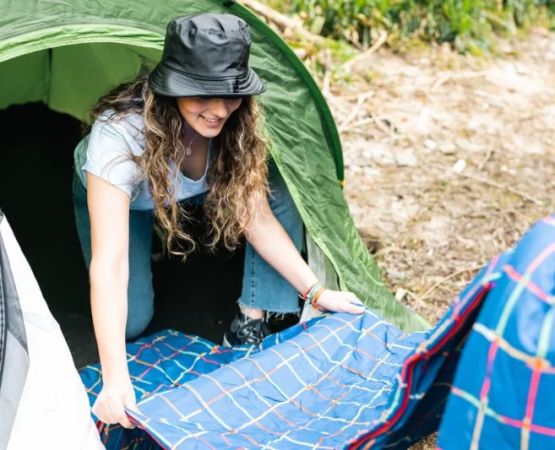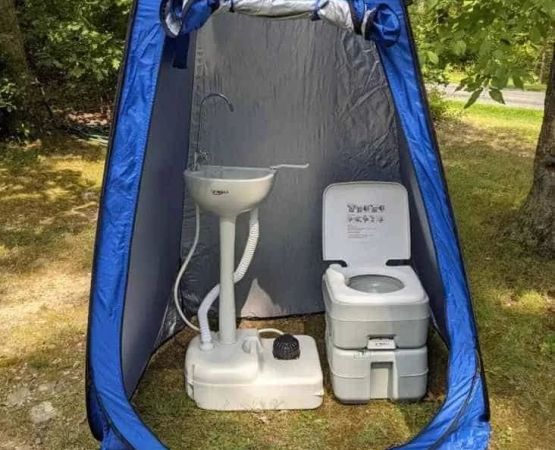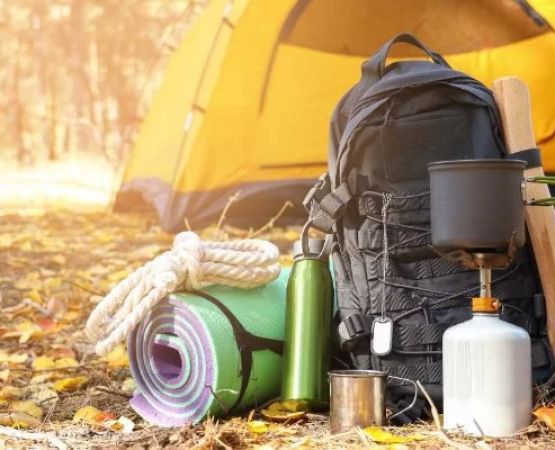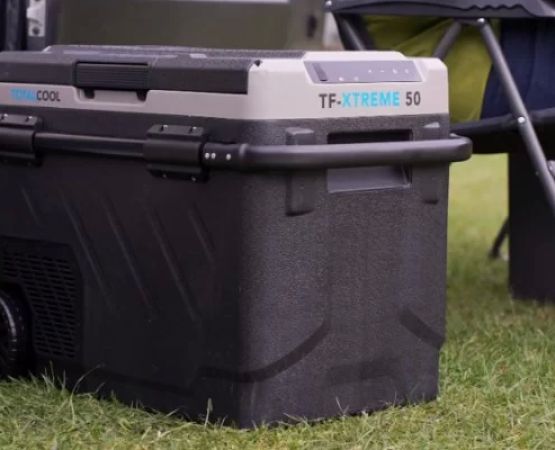How to Prepare for a Tsunami While Camping Near the Coast
Camping near the coast offers breathtaking views and the chance to enjoy the tranquility of nature. However, the risk of a natural disaster, like a tsunami, is ever-present, especially in coastal regions. Being prepared can make the difference between safety and danger. If you're planning a coastal camping trip, it’s important to be aware of the tsunami risks and take necessary precautions to ensure you and your loved ones stay safe. In this article, we’ll dive into how to prepare for a tsunami while camping near the coast, offering practical tips, evacuation strategies, and safety measures to follow.
1. Understanding Tsunamis: What You Need to Know
Tsunamis are large ocean waves caused by undersea earthquakes, volcanic eruptions, or underwater landslides. Unlike regular waves, tsunamis are typically much larger and can travel vast distances across the ocean at high speeds. When they approach coastal areas, they can cause massive destruction. Understanding the nature of tsunamis is the first step in preparing for them during your camping trip.
1.1 The Warning Signs of an Approaching Tsunami
Being able to identify warning signs of an impending tsunami can give you valuable time to act. Some common signs include:
- A sudden, rapid withdrawal of water from the shore, exposing the ocean floor (often referred to as a "drawback").
- A loud roar from the ocean, often described as a train or jet engine sound.
- Strong shaking from an earthquake, which may precede a tsunami.
If you observe any of these signs, it's crucial to move to higher ground immediately and follow the evacuation procedures outlined below.
2. Preparing Your Camping Site
While camping near the coast can be a beautiful and peaceful experience, being prepared for natural disasters is key. Before setting up your campsite, consider these tips for minimizing tsunami risks:
2.1 Choose a Safe Campsite Location
When selecting a campsite, opt for higher ground that’s at least 100 feet above sea level, if possible. Avoid camping right next to the shoreline, especially in areas known for being tsunami-prone. Some campsites may even have designated tsunami evacuation routes, so check with the campsite management beforehand.
2.2 Familiarize Yourself with the Area’s Tsunami Risk
Research the coastal area you’re camping in. Check for local tsunami evacuation zones, which are typically marked on maps. If you’re unsure of the area’s risk level, reach out to local authorities for guidance on tsunami preparedness.
2.3 Secure Your Tent and Gear
Ensure that your tent and equipment are securely set up. In the event of a tsunami warning, you may need to leave in a hurry, so make sure that everything is easy to pack up and carry. Keep essential items, such as your first-aid kit, emergency whistle, flashlight, and a battery-powered radio, within reach in case you need to evacuate quickly.
3. Know Your Tsunami Evacuation Plan
One of the most critical aspects of tsunami preparedness is knowing how to evacuate quickly and safely. Here’s how to prepare your evacuation plan:
3.1 Learn the Evacuation Routes
Familiarize yourself with the tsunami evacuation routes in your camping area. Many coastal regions have marked evacuation routes leading to higher ground. When you arrive at the campsite, ask the campground staff about the safest evacuation routes and any designated safe areas.
3.2 Have a Communication Plan
Ensure that you and your group have a communication plan in place. If you're camping with friends or family, agree on a designated meeting spot if you get separated. A portable power bank for your phone is essential to ensure you can stay in contact with emergency services if needed.
3.3 Set a Tsunami Alert System
Sign up for emergency alerts in the region where you’re camping. Many areas offer tsunami warnings through mobile apps, local radio stations, or sirens. Make sure you have access to one of these systems so you’re immediately informed of any potential threats.
4. What to Do If You Receive a Tsunami Warning
If you’re camping and a tsunami warning is issued, it’s crucial to act quickly. Follow these steps to ensure your safety:
4.1 Evacuate Immediately
If a tsunami warning is issued, evacuate to higher ground as soon as possible. Don’t wait to see if the tsunami arrives; even small tsunamis can be deadly. Leave all non-essential belongings behind and head to the designated evacuation routes or higher ground.
4.2 Stay Away from the Shore
Stay away from the beach, even if the water looks calm. Tsunami waves can arrive in multiple waves, and the first wave may not be the most powerful. Remain in a safe, elevated location until authorities announce that it’s safe to return.
4.3 Listen for Updates
Listen to emergency broadcasts or use a portable radio to stay updated on the situation. If you’re in a coastal camping area, local authorities will likely provide information on when it’s safe to return to the beach or campsite.
5. Other Safety Tips for Coastal Camping
While tsunamis are a serious concern, it’s essential to consider other coastal camping safety tips:
5.1 Check the Weather Forecast
Before heading to your campsite, check the weather forecast. Pay close attention to any warnings related to storms or seismic activity in the area, as these can contribute to tsunami risk.
5.2 Pack Adequate Emergency Supplies
Ensure that you have emergency supplies, such as food, water, a first aid kit, and a flashlight. In the event of evacuation, you’ll need enough supplies to sustain yourself until help arrives.
5.3 Practice Safety in All Situations
While a tsunami is a serious risk, coastal areas can also present other dangers like strong currents and dangerous wildlife. Always follow safety guidelines, stay aware of your surroundings, and know how to act in case of any emergency.
By preparing properly and understanding the risks, you can enjoy a safe and memorable camping experience along the coast. And if you need any more information or need help planning your trip, feel free to visit Pine Cliff Resort for tips, products, and services tailored to coastal camping adventures.







